High Dune and Star Dune
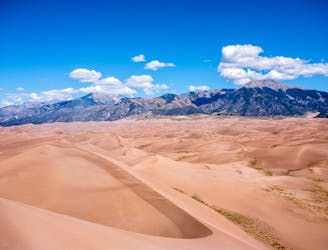
An epic trek to the summit of two of North America's tallest sand dunes in Great Sand Dunes National Park
Moderate Hiking
- Distance
- 10 km
- Ascent
- 488 m
- Descent
- 488 m
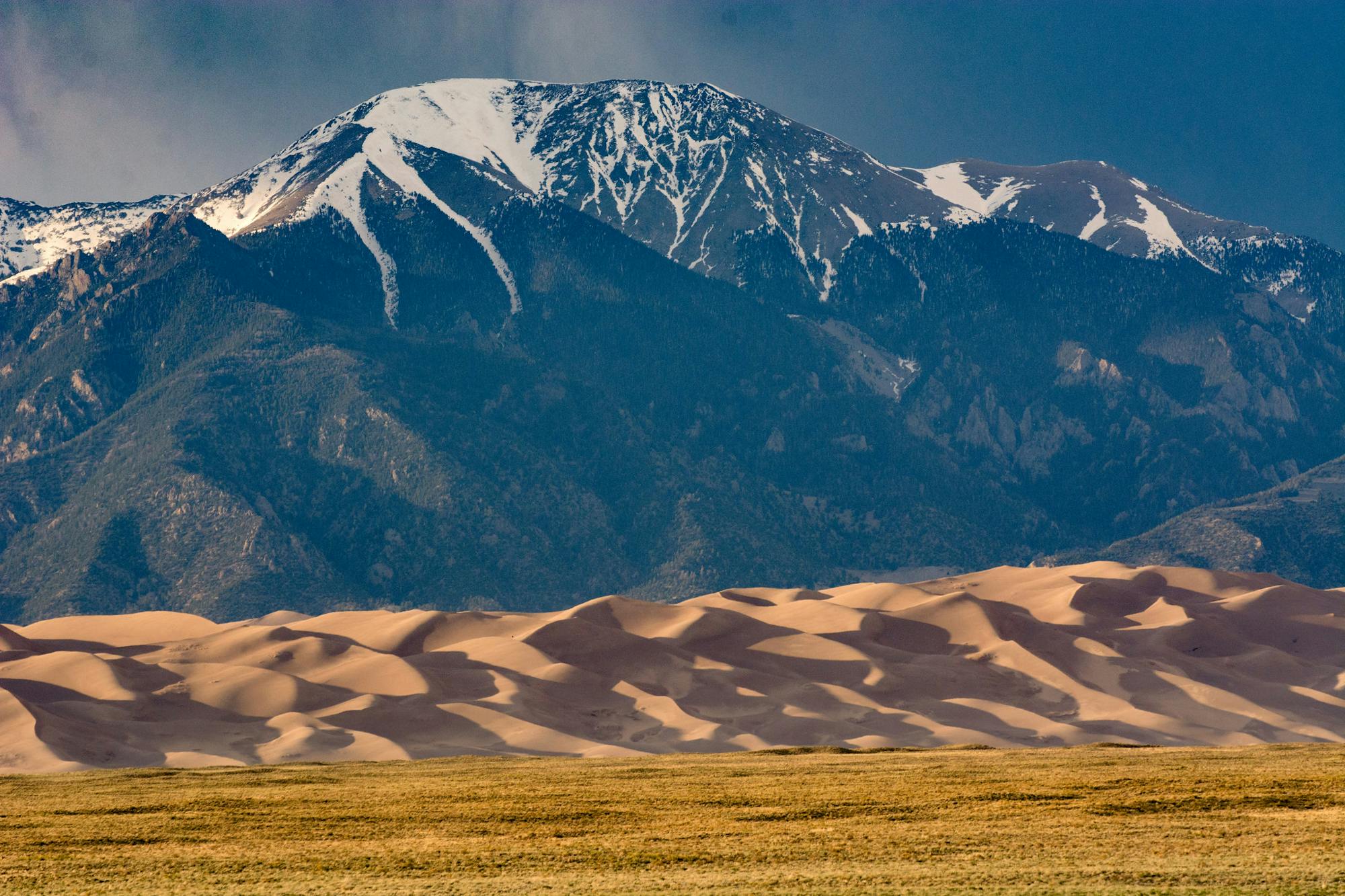
This national park has the tallest dune in North America, but it also has 13,000-foot peaks, alpine lakes, and miles of wilderness trails.
Alpine Climbing, Hiking Easy, Moderate, Difficult

The Great Sand Dunes are seemingly inexplicable in their location, on the edge of a valley plain and beneath Rocky Mountain peaks. Their existence is explained by geological history, because an Ice Age lake once filled the valley. Prevailing winds whipped up lakebed sediment for thousands of years, trapping it in a pocket against the mountains. Today, the tallest dune in North America is found here. Star Dune rises 750 feet from its base, crowning a 30-square-mile expanse of rippled sand.
Encompassing more than just the dunes, Great Sand Dunes National Park and Preserve includes mountains of the Sangre de Cristo Range. Most visitors come to splash in Medano Creek, which pulses over the sand-like waves on a beach, and to take short walks into the dunes. These activities are not to be missed, but serious hikers can venture much farther into the intricate landscape.
The whole dune field is open to hiking, though there are no trails. Then there are the peaks that form the backdrop, which make their own domain for exploration. The mountain environment is classic Colorado, but without any crowds. The coniferous forests, alpine lakes, snowy summits, and backcountry campsites are all untouched by paved roads. Reaching them requires miles of hiking and/or rugged driving.
In general, the Great Sand Dunes are a year-round destination, but many of the hikes are seasonal. The dune field and trails at lower elevations are accessible all year, though they can be snowy in winter. Unpaved roads, which lead the higher trails, close once the snow falls. Summer is the most popular time in the park, when cool mornings are for hiking on the sand, and hot days are for soaking in the creek or escaping to the mountains. Monsoons can erupt in the afternoons, however, so open areas and high elevations require caution. Fall is the time to see deciduous leaves coloring the edge of the dunes
The hikes on this list find many highlights within the national park, from the sand dunes to the peaks above. Some begin from the main park road, while others are far removed in corners of the preserve. There’s a trail for every season, and for every type of hiker, and pets are even allowed. You should take a walk on the sands, of course, but then explore beyond the dunes to get the most out of this unique national park.

An epic trek to the summit of two of North America's tallest sand dunes in Great Sand Dunes National Park
Moderate Hiking
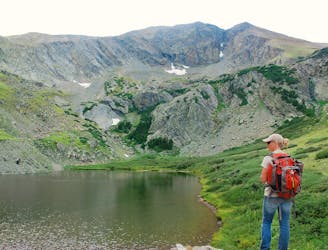
Hike from the Medano Pass 4WD road to a secluded lake in an alpine cirque.
Moderate Hiking

Quiet hike through montane forest and meadows, along a trickling creek.
Moderate Hiking

A short hike in the foothills, with a different perspective on the dunes.
Moderate Hiking
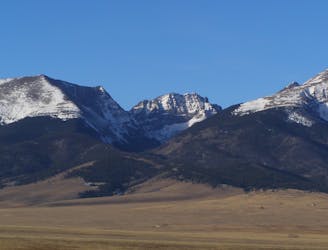
Alpine hike to a Sangre de Cristo 13er, within Great Sand Dunes National Park and Preserve.
Easy Alpine Climbing
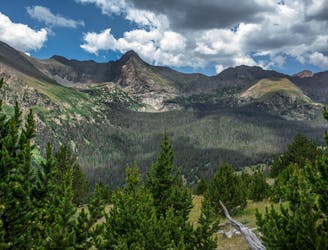
Two seldom-seen alpine lakes, high in the Sangre de Cristo Wilderness.
Difficult Hiking
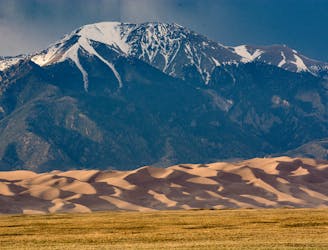
Alpine hike to a 13er summit, with an absolutely epic view over the Great Sand Dunes.
Easy Alpine Climbing

10 routes · Alpine Climbing · Hiking
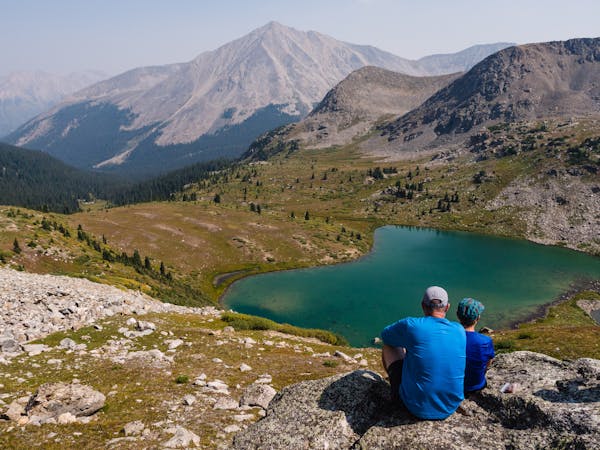
16 routes · Hiking
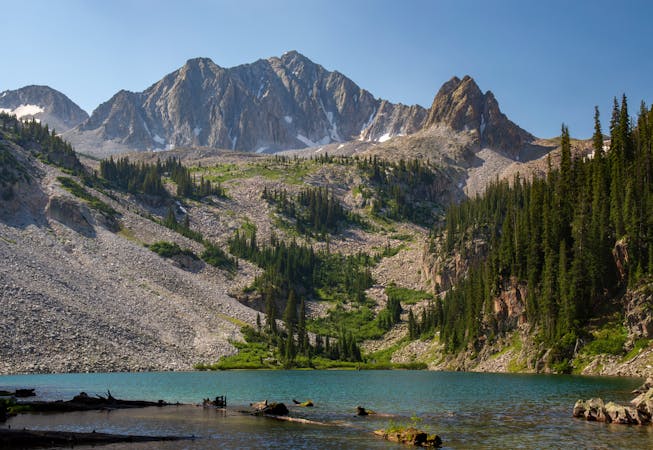
6 routes · Alpine Climbing · Hiking
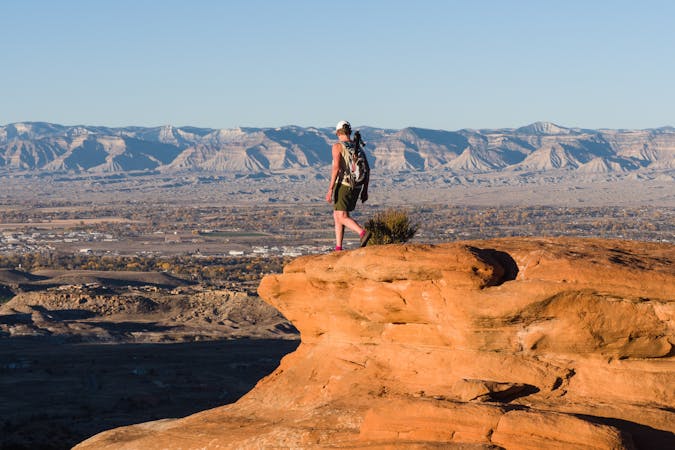
6 routes · Hiking

8 routes · Hiking

7 routes · Alpine Climbing · Hiking

11 routes · Alpine Climbing · Hiking
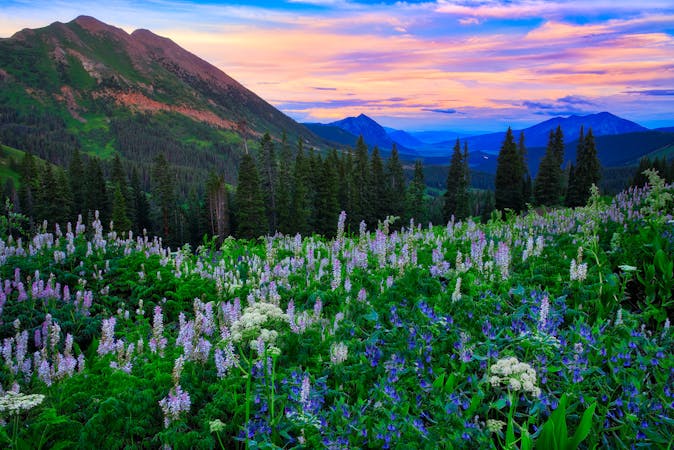
16 routes · Hiking
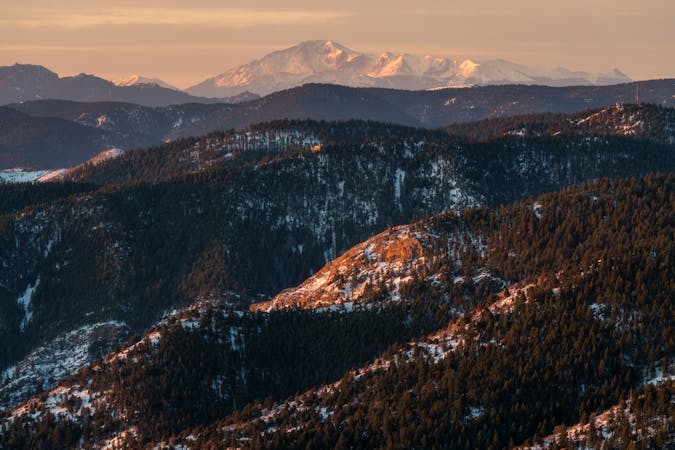
6 routes · Hiking
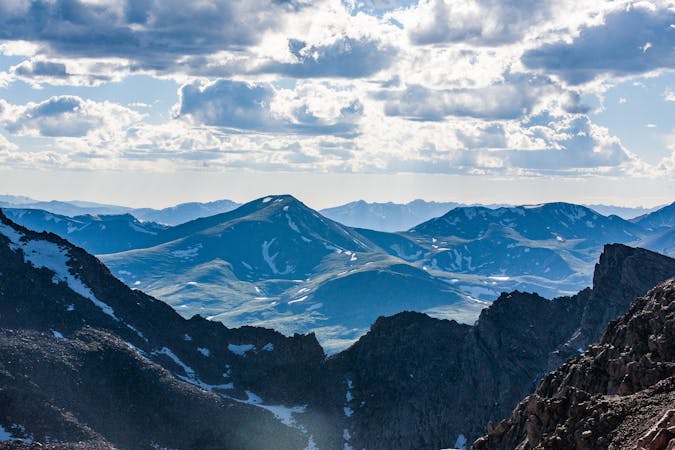
7 routes · Hiking